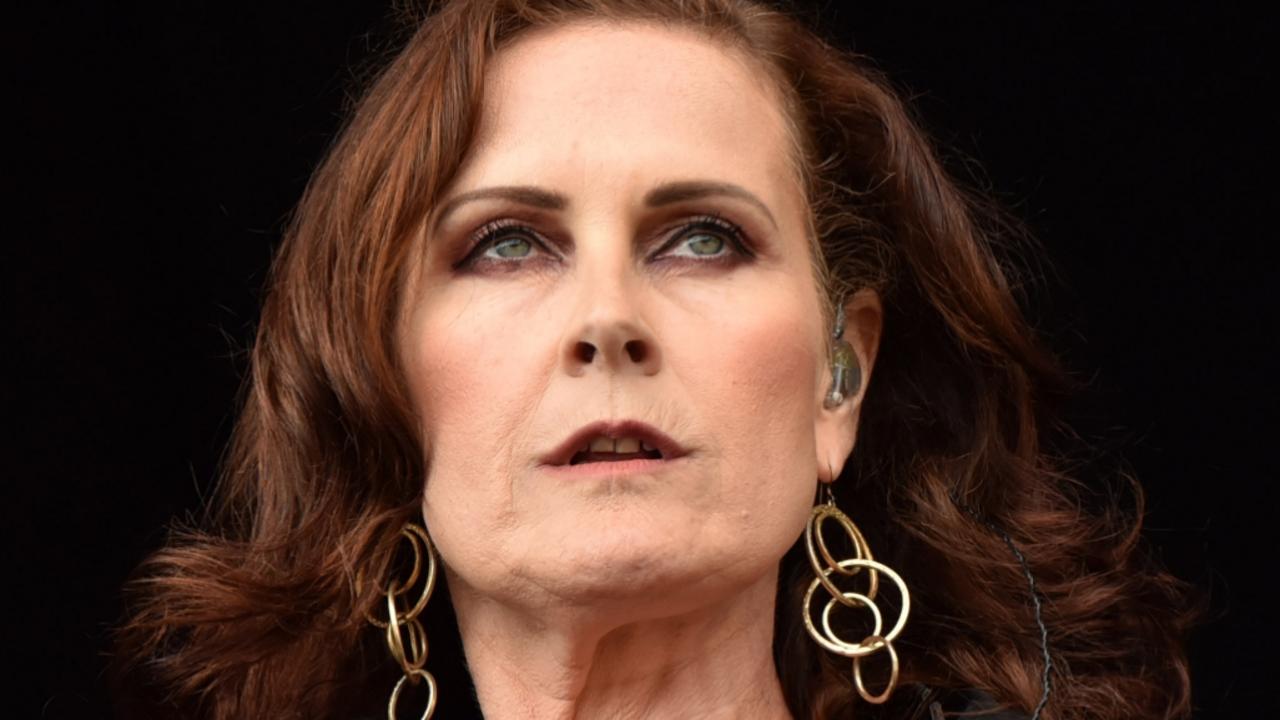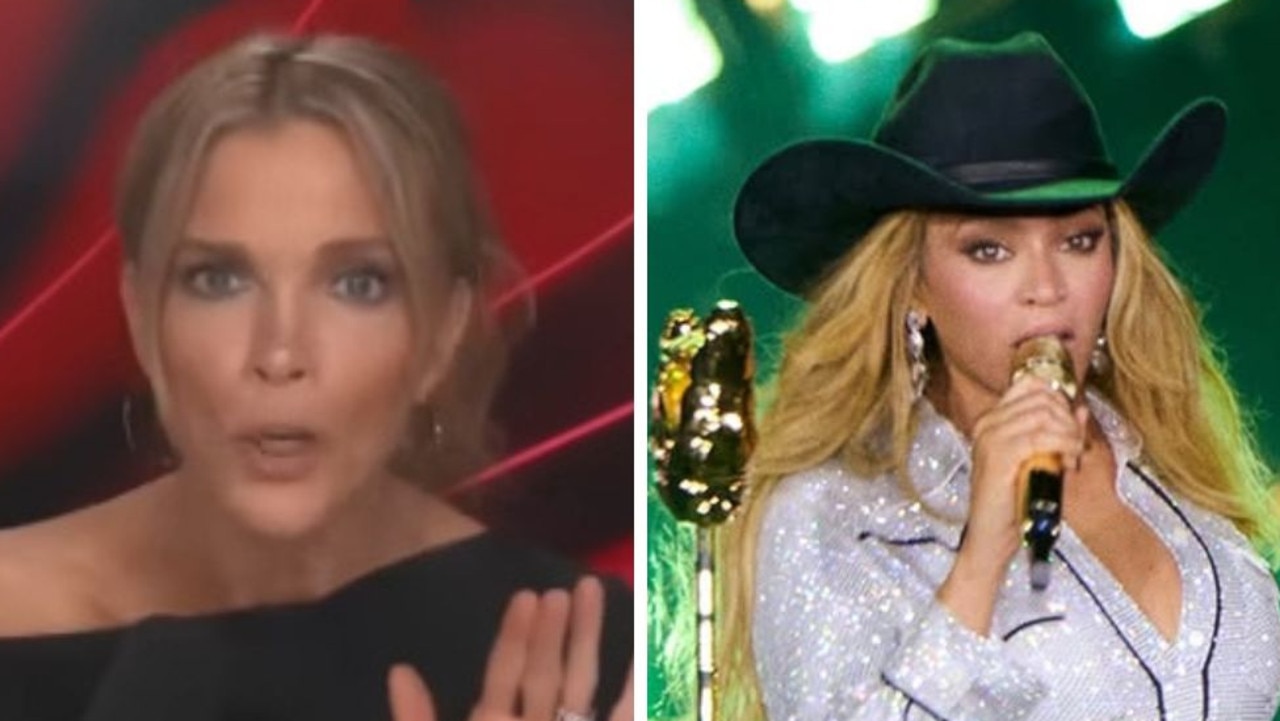Every song from Ed Sheeran’s new album is in the singles chart and not everyone’s happy
WITH every track from his new album sitting in the singles chart, Ed Sheeran has made history. Not everyone’s happy about it.
Music
Don't miss out on the headlines from Music. Followed categories will be added to My News.
- Harry Potter actor pretends to be Ed Sheeran
- Ed Sheeran’s hair nightmare in fan selfie
- James Blunt claims Ed Sheeran lied about cut
- Ed Sheeran helps fan over Facebook copyright ban
ED Sheeran this week changed the singles chart forever. Some chart purists think music’s new megastar has ruined them forever too.
Every track from Sheeran’s new album ÷ Divide, all 16 of them, is sitting in this week’s ARIA Top 40 singles chart, despite the bulk being not technically singles. Five of them are in the Top 10, a feat only beaten by The Beatles back in 1964.
In his native UK, all 16 songs from ÷ Divide are in the Top 20, something that has never happened before.
“That just means the system’s broken,” Justin Hawkins, frontman of UK rock band The Darkness told News Corp Australia.
“You can’t have 16 singles off one album. You should be forced to choose a single. That’s the one you do a video for, that’s the one you release. Everyone knows Ed Sheeran is great and is selling loads of records, but imagine listening to the Top 40 rundown on the radio on a Sunday like you used to as a kid and you have to listen to the whole Ed Sheeran album. It’s totally ridiculous. The system is broken and they have to mend it.”
RELATED: Ed Sheeran slams ‘toxic’ social media

Sheeran’s dominance on our singles chart is down to one major reason: streaming.
Initially streaming had its own chart. Since November 2014 the ARIA singles chart factored in streaming, from subscription-based sites Spotify, Apple Music and Google Play, as well as legal download of songs from iTunes.
Sheeran is one of the most streamed artists since the technology began; on Spotify alone he was streamed 450 million times globally since ÷ Divide was released on March 3.
“I’m sure if Michael Jackson released Thriller in the streaming era it would have done the same thing,” ARIA CEO Dan Rosen said of Sheeran’s 16 songs entering the top end of the chart.
“Ed Sheeran is the most popular artist on the planet right now, he has huge streaming activity and that’s reflected on the chart. The singles charts have changed. They reflect both how artists are choosing to release their music now and how music fans are listening to it. On this occasion you’ve got a major artist and all of Australia wanted to listen to his new songs.”
1964 was the peak of Beatlemania where the band had the No. 1 to No. 6 singles in Australia, as their older singles kept selling when they released new ones.
In 2009 Michael Jackson had four songs in the ARIA Top 10 the week after his death; in 2012 Karise Eden also had four simultaneous Top 10 hits after she won The Voice — both artists achieving the rare feat through downloads.
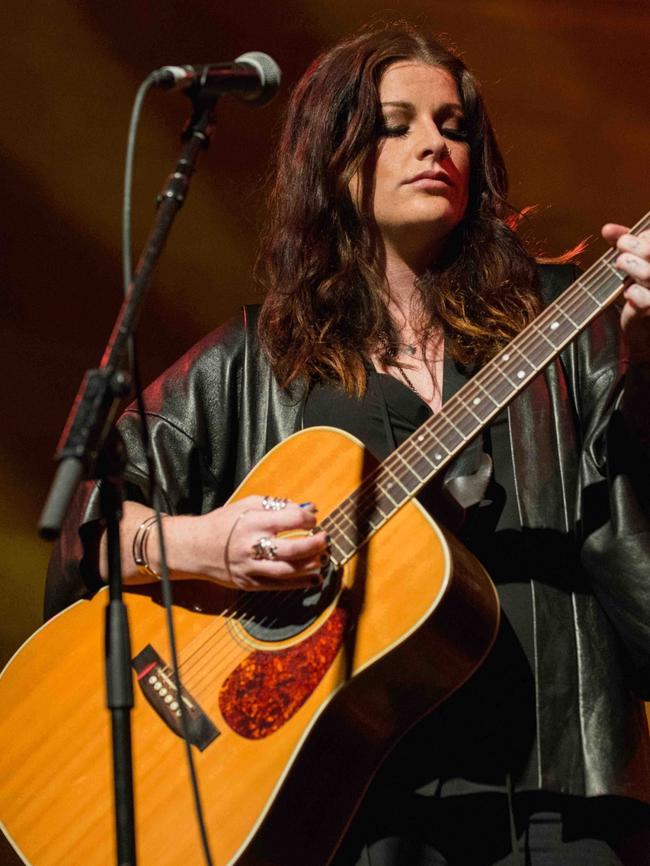
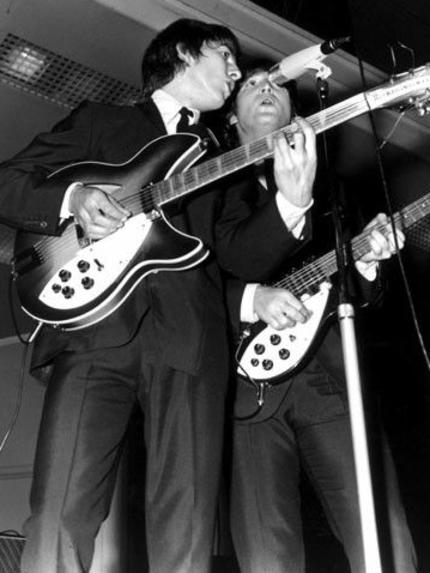
The difference with Sheeran is that he’s breaking records with brand new songs (not designated singles) all from a new album. However many are uncomfortable comparing modern chart criteria with vintage singles chart history.
“While Ed’s chart figures look impressive we are dealing with a whole new chart methodology,” says Paul Cashmere of music website Noise 11.
“You simply cannot compare chart figures based on streaming with the early days of vinyl or CD singles. Basically every song is a single these days thanks to streaming and downloading. The chart is only relevant when compared to what else has happened in the last 18 months.”
There have already been calls for a new singles chart, pointing out that listening to a song (often for free) is very different from actively purchasing a song.
Chart statistician Gavin Ryan said change is the only constant in the world of music.
“As Paul Simon said in the song Boy In the Bubble, ‘Every generation throws a hero up the pop charts’,” Ryan notes. “Which is very true, you can’t compare Justin Bieber to Elvis Presley or even Eminem to George Michael. Each generation makes new chart feats that either supersede or match the previous music-buying public, and with a larger population on our planet compared to ten, twenty or even sixty years ago, there are more choices these day. Thus a Top 100 is a better indicator of everyone’s tastes and purchases.”
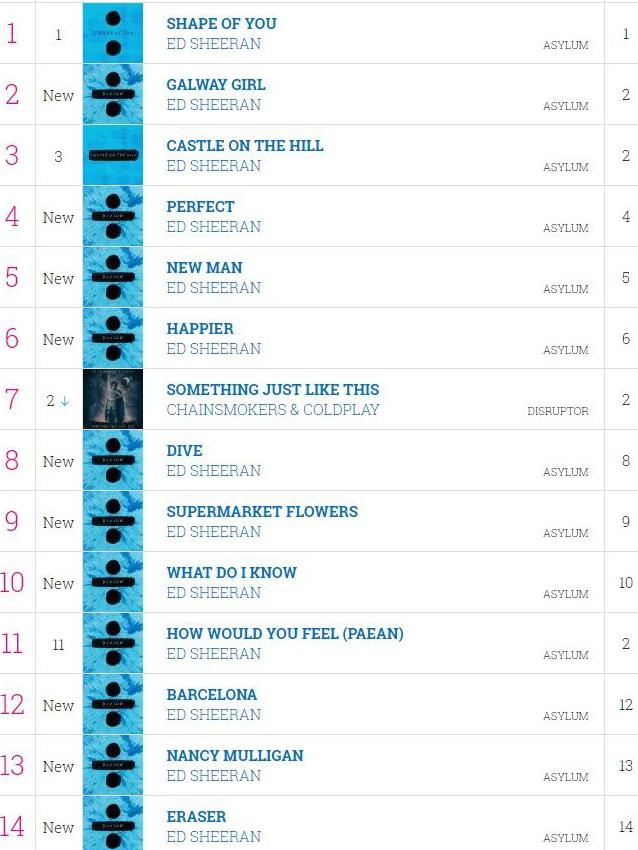
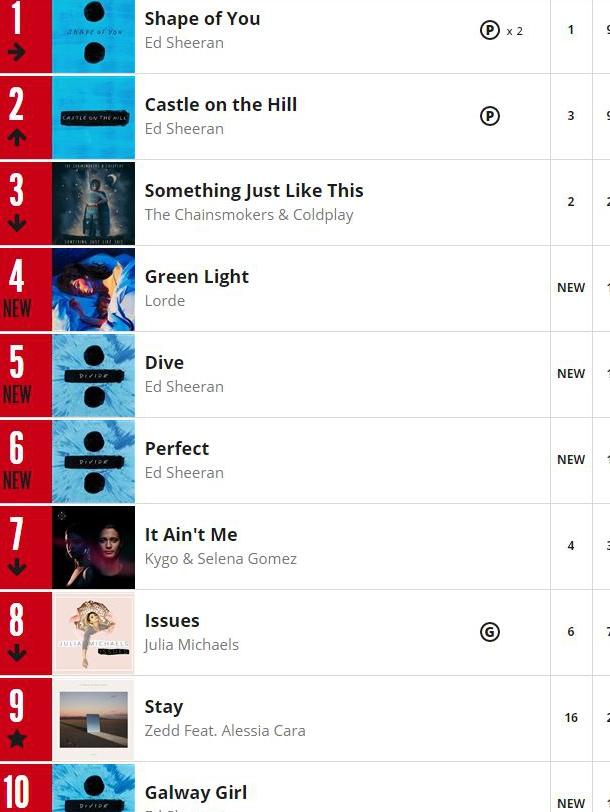
Sheeran has actively embraced streaming as part of the campaign for ÷ Divide. Other key superstar releases in the past few years Adele’s 25 and Taylor Swift’s 1989 initially kept their albums off streaming services to maximise physical and download sales for large first-week figures.
÷ Divide sold a remarkable 97,000 copies in Australia last week (although less than Adele’s 126,000 for 25). In Australia, streaming figures are not yet factored into the album chart, just the singles chart.
While some artists slam streaming due to the low royalty rates they receive, Sheeran has always championed the technology as a way of connecting with the masses — who then buy concert tickets.
“I’m playing stadiums on my second album (X),” Sheeran told News Corp Australia in 2014. “That’s down to me being pretty open as to how people hear my music.”
With streaming now influencing the singles chart, the singles chart has become a very different beast.
Songs last longer at No. 1, a reflection of streaming habits. On sites like Spotify and Apple Music people habitually click onto the Top 50 charts. The more they stream those same Top 10 songs, the more static they stay, the more that stability is reflected in the ARIA chart.
That also means fewer new songs entering the chart, and artists who don’t have a fanbase who stream find it harder to compete with those who do.
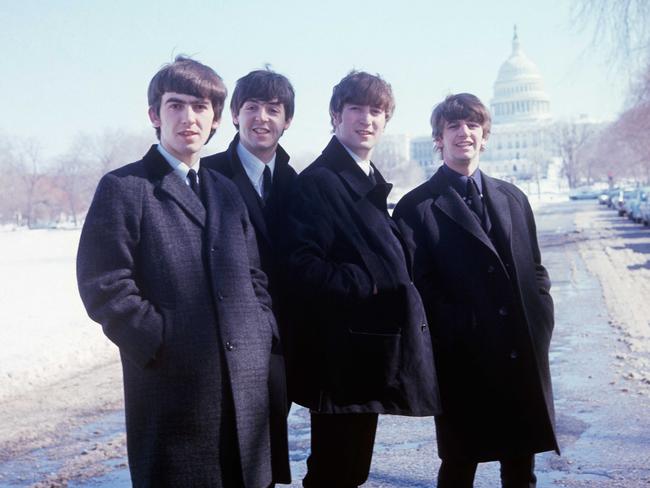
Sheeran’s Shape Of You has been No. 1 for nine weeks, in the past year alone we’ve seen Closer by the Chainsmokers also at No. 1 for nine weeks, 7 Years by Lukas Graham spent eight weeks at No. 1, James Arthur’s Say You Won’t Let Go, Drake’s One Dance and Justin Bieber’s Love Yourself all spent seven weeks on top, Rockabye by Clean Bandit racked up six weeks at No.1.
“Things are staying at No. 1 longer, but in the download era songs stayed at No. 1 for long periods too,” Rosen says. “It’s something we’re aware of and we’re monitoring. We’re still only 18 months into the streaming era, it’s hard to draw long term conclusions yet.”
Ryan pointed to the US chart, where after 40 weeks a song is forced out of the Top 100 and into a special ‘recurrents’ chart to allow for new blood.
“The prevalence of streaming on the charts nowadays keeps a lot of songs on which is not a true register of what is selling, but what is maybe just listened to,” Ryan says.
In Australia around 175 streams equate to the equivalent of one ‘sale’ via a download.
It’s an controversial equation. While ARIA doesn’t include figures of music consumed via free sites such as You Tube, Pandora and I Heart Radio, it does include people listening for free on Spotify — because the company still pays a royalty rate back to artists and record labels on free subscriptions.
Rosen said ARIA adjust the streams to sale figure every quarter, also monitoring how the figures are calculated overseas.
“We assess it to make sure the relative value of a free-tier subscription is taken into account,” Rosen said. “You need to be forensic about how it works. It reflects the value of a listen compared to a download.
“Streaming isn’t the future, it’s the now. It’s the number one revenue stream for artists and record labels now. Which is an incredible stat when you think it didn’t exist five years ago but it’s now the dominant way people listen to music. The charts need to reflect that. In the ‘80s the singles charts were a purely physical chart, then it became a hybrid physical/download chart, then it became a fully download chart, now it’s streaming and download chart. It will continue to evolve to reflect how people listen to music and how artists are getting their music out there.”

